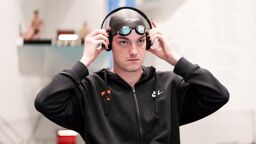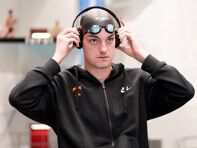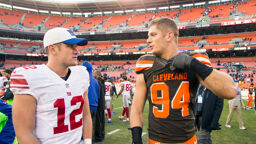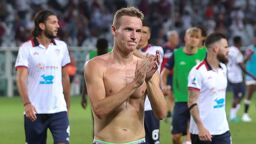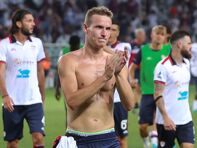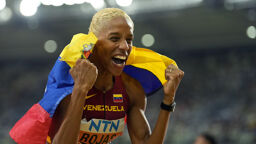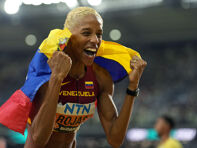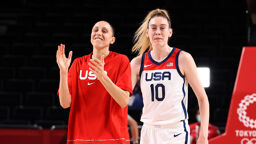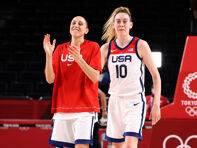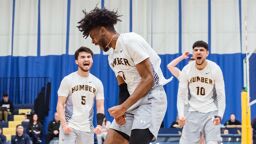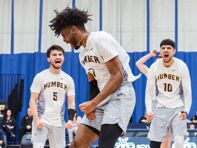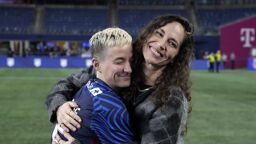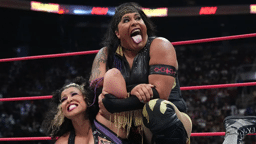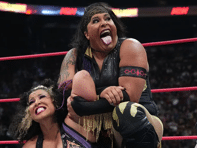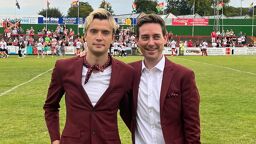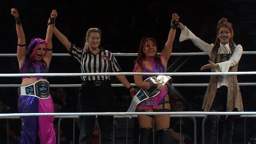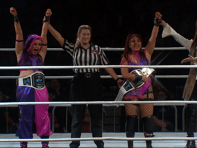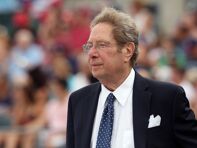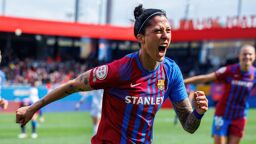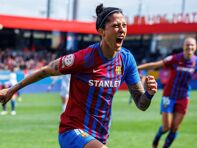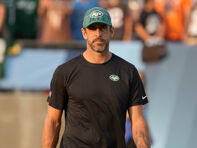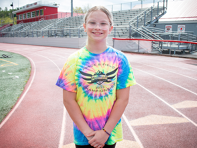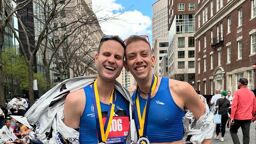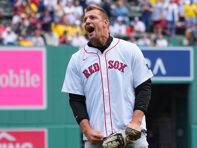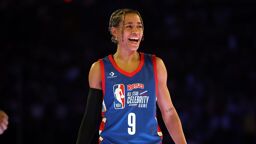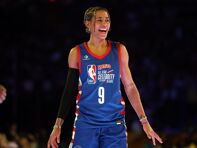I was flying to Indianapolis to take part in the NCAA’s Inclusion Forum on April 29, 2013, when I got a call from sports broadcaster Bruce Silverman.
“Amazing Jason Collins news,” “Silverman said. I was bleary-eyed, just waking up on the West Coast.
“The NBA player from Stanford?” I asked. As a Stanford grad I knew Collins — who had a lengthy NBA career — as part of the Twin Towers that helped the Cardinal to a Final Four.
“Oh,” he replied. “Have you not seen the news?”
Since Jim Buzinski and I started Outsports in 1999, we’d talked about an active gay player in the Big Four — MLB, NBA, NFL, NHL — coming out publicly. We’d seen various women do just that in pro soccer and basketball. Just a couple months earlier, Robbie Rogers came out publicly and retired from Major League Soccer… before un-retiring and then ultimately winning an MLS Cup with the LA Galaxy.
Collins, that day on the cover of Sports Illustrated, ended Outsports’ 14-year wait.
It was an extraordinary moment, one of the most important in LGBTQ sports history.
I was also emotional (big shocker for anyone who knows me). When SiriusXM’s Michelangelo Signorile called me to talk about the moment that afternoon, I cried on-air. Signorile was great.
Jason Collins’ lasting legacy of inclusion advocacy
While we celebrate the 10-year anniversary of Collins’ historic coming-out, it’s his work over the course of that decade that has built his lasting legacy.
I first met Collins two months later at the LGBT Sports Summit, hosted by Nike in Portland, Ore. Collins had flown from Los Angeles to say hello to the dozens of advocates who had gathered. It was a magical moment, with then-Nike-exec Robert Goman leading him in a conversation with the group.
Yet it was a moment away from the crowd that drew my attention.
A young, gay Black athlete from the Midwest was an important summit attendee that year. He was from a disadvantaged family, struggling to find his place in his community and the world.
Collins sat with that young man for quite a while, the two of them alone in a room, to listen and share.
At the time, Collins was the center of the LGBTQ sports world. He didn’t care about any of that. The young athlete was the only person who mattered in that moment. I could see it in how Collins interacted with him, asking questions, sharing his experiences. Just two athletes talking. They each happened to be gay.
I deeply respected Collins’ choice to come out publicly. Yet it was that private moment with that young gay Black athlete that my respect multiplied.
Collins has worked behind the scenes to affect change
Since then, Collins has been instrumental in working behind the scenes to affect change. His quiet conversations with coaches, athletes and executives have opened eyes to the power of what we do when we think no one is looking.
A big part of that has been addressing sometimes-problematic language in and around the sport of basketball.
When UC-Irvine coach Russ Turner made a mistake, Collins — who player for Turner at Stanford — was eager to help him see the effects of what had happened. Turner is a better man, and a better coach, for that conversation (among others).
Across the NBA, Collins has been present to shape perspectives across the league, getting ahead of culture and language and working to mould them toward inclusivity.
Collins has seen the effects of being out in the sport firsthand, talking repeatedly about one of his former teammates who used anti-gay slurs in the locker room eventually becoming a supporter.
When athletes come out in the locker room, the “casual homophobia” of locker-room talk often subsides. Collins’ experience is evidence of that.
No doubt, mistakes get made, and they seem to happen more publicly with the NBA than most. When Minnesota Timberwolves player Anthony Edwards shared some unhelpful language on social media last year, Collins was there to help.
As Collins told Sports Illustrated this week, “These are the words and language that, unfortunately, are picked up on playgrounds and taught by coaches who are repeating a cycle of words and language that they had used. So there’s a lot of unlearning to do.”
He has seen the culture and the language shift from inside of the league.
Few gay pro athletes have come out in men’s sports in the last 7 years
What hasn’t changed? In 10 years, Collins remains the only active NBA player to come out publicly (Bill Kennedy is an active gay NBA referee who is out; player John Amaechi came out after retiring).
When Rogers came out in MLS, Michael Sam came out in the NFL and Collins came out, I was convinced this was the beginning of a series of gay and bi athletes who would come out publicly in men’s pro sports.
I was wrong.
Since those three gay pro athletes came out in the course of a year, only two active athletes in big-time American men’s pro sports have come out publicly while on a team: Collin Martin in MLS and Carl Nassib in the NFL. That’s in the last nine years.
Through it all, Collins’ willingness to be visible — attending Pride events, fundraisers and so many other local and national events — has had far-reaching effects.
Just a week after Collins’ announcement, Florida high school football player Leo Washington came out, thanks to Collins’ inspiration.
Overseas, British sportscaster Mark McAdam followed Collins’ lead.
It was a year later that Derrick Gordon — then playing basketball for the University of Massachusetts — came out publicly, citing Collins as an inspiration. Gordon went on to play professionally in Europe, breaking more ground.
While few athletes have followed Collins’ lead in men’s pro sports, the progress at other levels is noticeable.
As we say at Outsports, “Courage Is Contagious.” Collins’ legacy is living proof, and it will continue to be for years to come.



